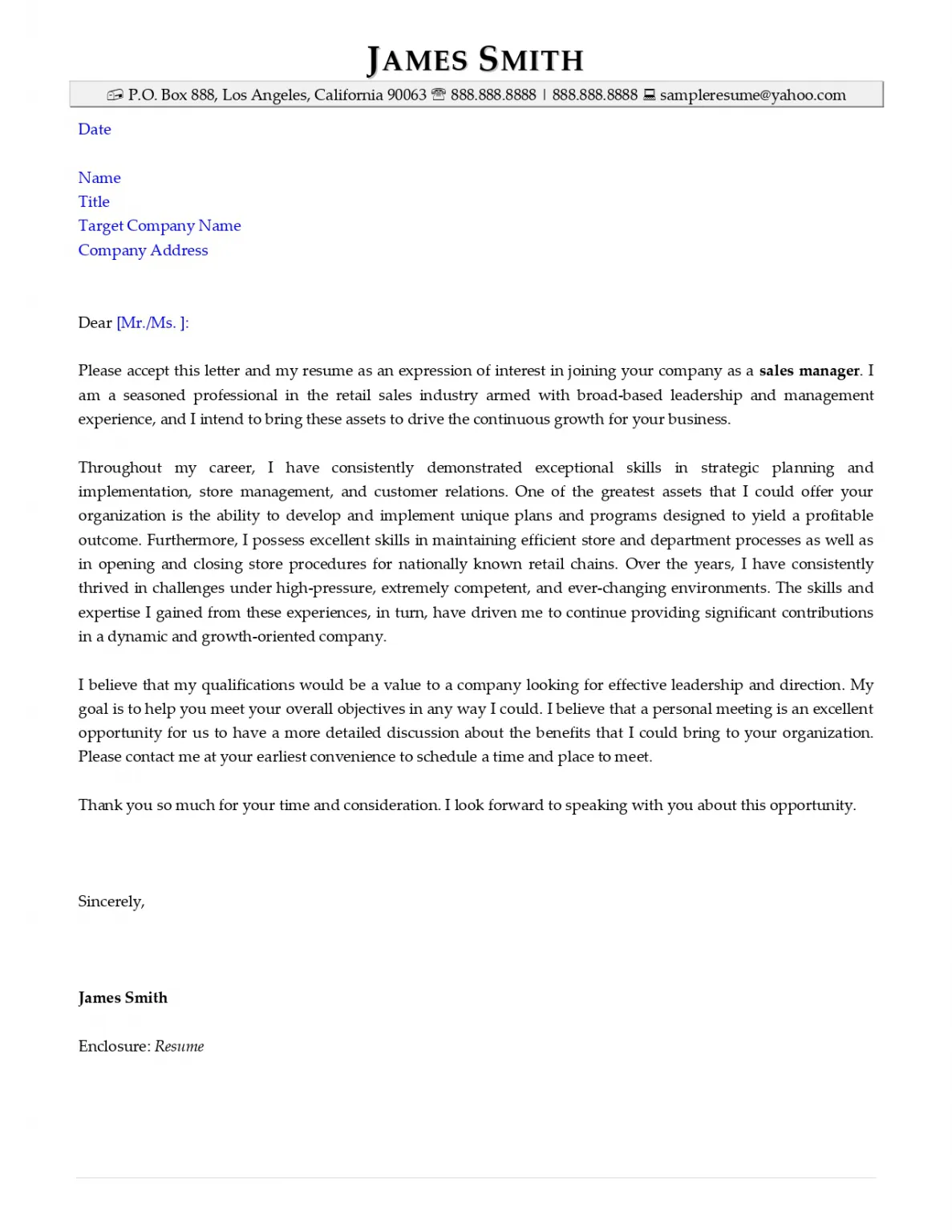Crafting a Compelling Cover Letter
A cover letter is your first impression, a chance to show potential employers that you’re not just qualified but also a great fit for their company. It’s more than just a formality; it’s a marketing tool that can significantly boost your chances of landing an interview. Think of it as the perfect opportunity to tell your story, highlight your passion, and make your application unforgettable. A well-crafted cover letter demonstrates your communication skills, attention to detail, and genuine interest in the position. It allows you to go beyond the bullet points of your resume and connect with the hiring manager on a personal level, showcasing your personality and unique value proposition.
Highlight Your Key Skills
Carefully review the job description and identify the skills and qualifications the employer is seeking. Then, in your cover letter, explicitly mention those skills and provide examples of how you’ve utilized them in previous roles. This is where you can bridge the gap between what the employer wants and what you offer. Don’t just list skills; show how you’ve successfully applied them to achieve results. Use action verbs to describe your accomplishments and focus on tangible outcomes. Quantify your achievements whenever possible to provide concrete evidence of your abilities. By aligning your skills with the job requirements, you demonstrate that you are a strong and relevant candidate, increasing your chances of getting noticed.
Demonstrate Enthusiasm and Interest
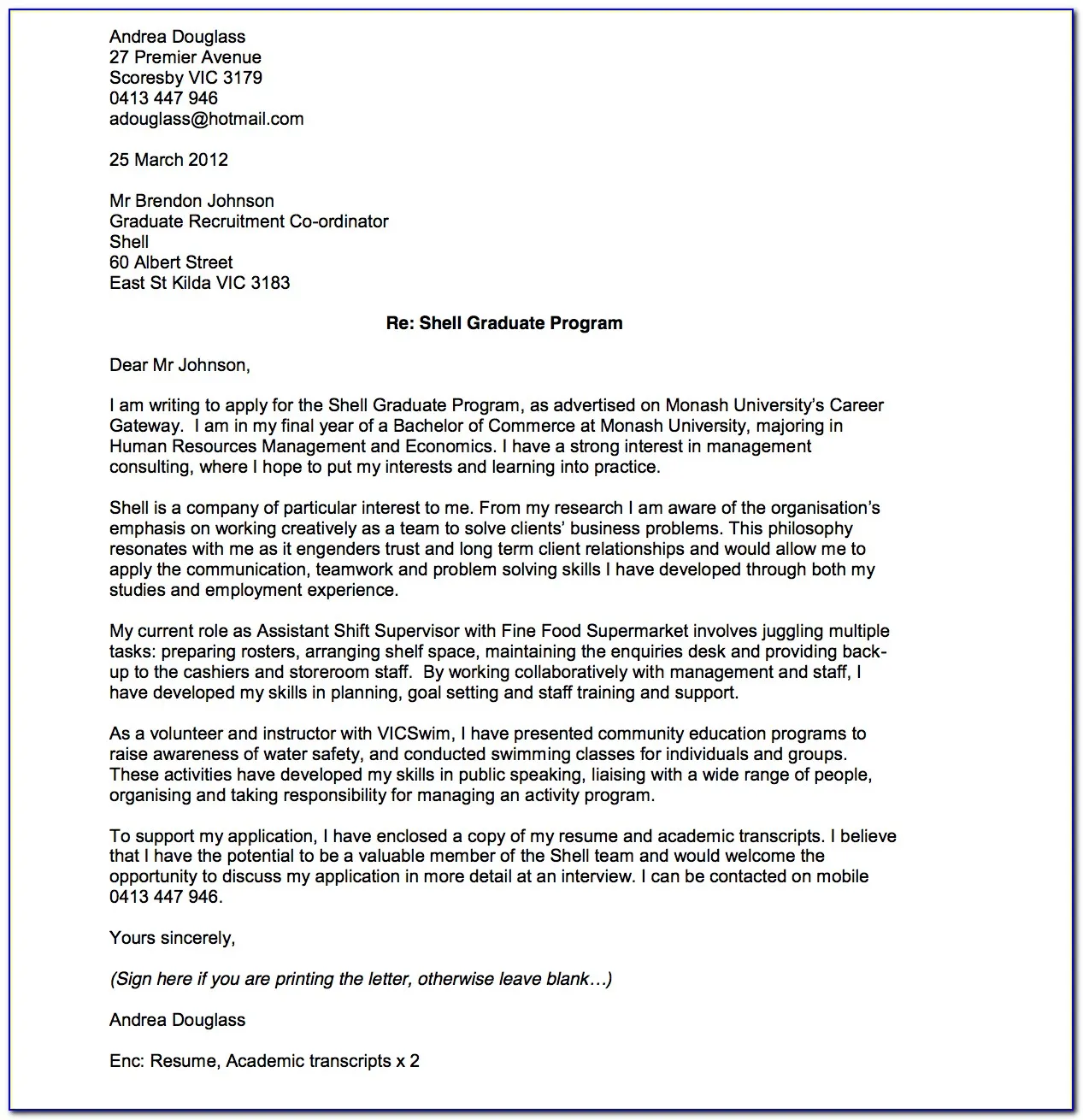
Employers want to hire people who are genuinely excited about the opportunity and the company. Your cover letter is the ideal place to showcase your enthusiasm. Explain why you’re interested in the specific role and the organization. Do your research about the company, its mission, values, and recent projects or news. Then, mention something specific that resonates with you. This demonstrates that you’ve taken the time to understand the company and that you’re not simply sending out a generic application. Expressing your enthusiasm goes beyond simply stating “I am interested in this position.” It’s about showing that you’re passionate about what the company does and how you can contribute to its success.
Quantify Your Achievements
Whenever possible, support your claims with numbers, data, and specific examples. Instead of saying “I improved sales,” say “I increased sales by 15% in one quarter.” Instead of “Managed a team,” say “Managed a team of 10 employees, resulting in a 10% increase in project efficiency.” Quantifying your accomplishments adds credibility and impact to your cover letter. It provides concrete evidence of your skills and the value you can bring to the company. Use metrics to show your impact and provide a clear picture of your achievements. This allows the hiring manager to quickly understand the value you can deliver, setting you apart from other applicants.
Tailor to the Specific Job
Avoid using a generic cover letter for every job application. Customize each letter to match the specific requirements and expectations of the position. This is the most important part. Review the job description carefully and tailor your skills, experiences, and accomplishments to align with the job requirements. Mention the company and position by name, and explain why you’re a perfect fit. This level of personalization shows that you’ve taken the time to understand the role and are genuinely interested in the opportunity. It demonstrates attention to detail, which is a highly valued trait in any professional environment. Customizing your cover letter increases your chances of getting noticed and getting an interview.
Proofread and Refine
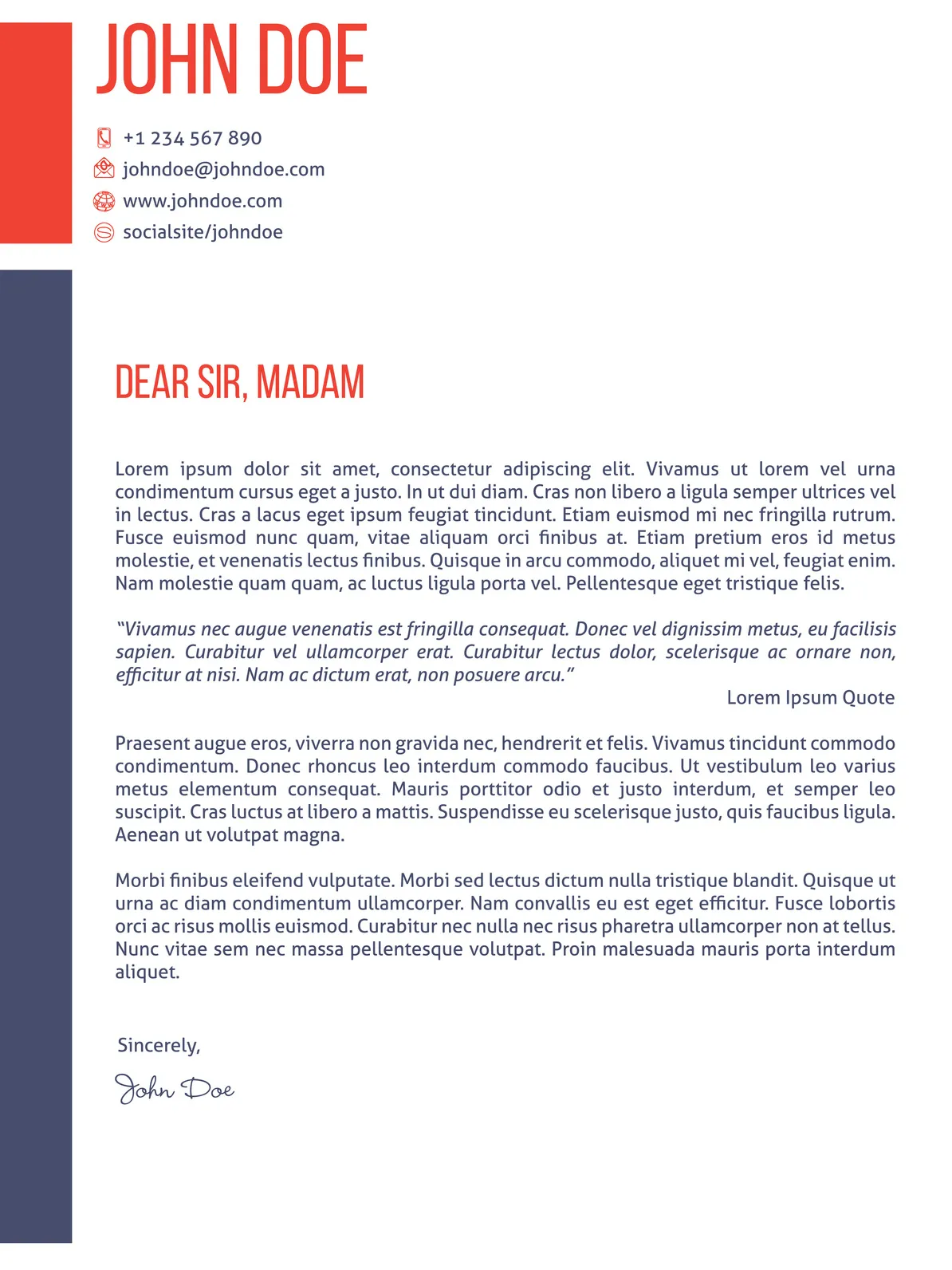
Typos, grammatical errors, and poor formatting can ruin your chances of making a good first impression. Before submitting your cover letter, proofread it carefully for any errors. Use a grammar checker, and ideally, have someone else review it as well. Ensure your writing is clear, concise, and professional. Pay attention to the tone and ensure it matches the company’s culture. A polished cover letter demonstrates your attention to detail and professionalism, which are essential qualities for any job. Take your time with this step, and remember that a well-written cover letter is a testament to your writing abilities and dedication.
Understanding the Purpose of a Cover Letter
The primary goal of a cover letter is to introduce yourself to the hiring manager and to express your interest in the position. It should complement your resume, not just repeat the information. The cover letter offers an opportunity to expand on your experiences, highlight your key skills, and demonstrate how you can add value to the organization. It’s your chance to personalize your application, show your enthusiasm, and set yourself apart from other candidates. It should show your personality and what you have to offer that is unique. A well-written cover letter makes a positive first impression and convinces the employer to read your resume more closely. It’s an essential part of the job application process.
What to Include in a Cover Letter
A cover letter should follow a standard format, including the following key components. Each element should be concise, well-written, and tailored to the specific job and company. Always make sure it’s relevant and that it showcases your skills and experience. Make sure it highlights your personality, shows enthusiasm and is free from errors. Your cover letter should convince the hiring manager to give you a call.
Contact Information
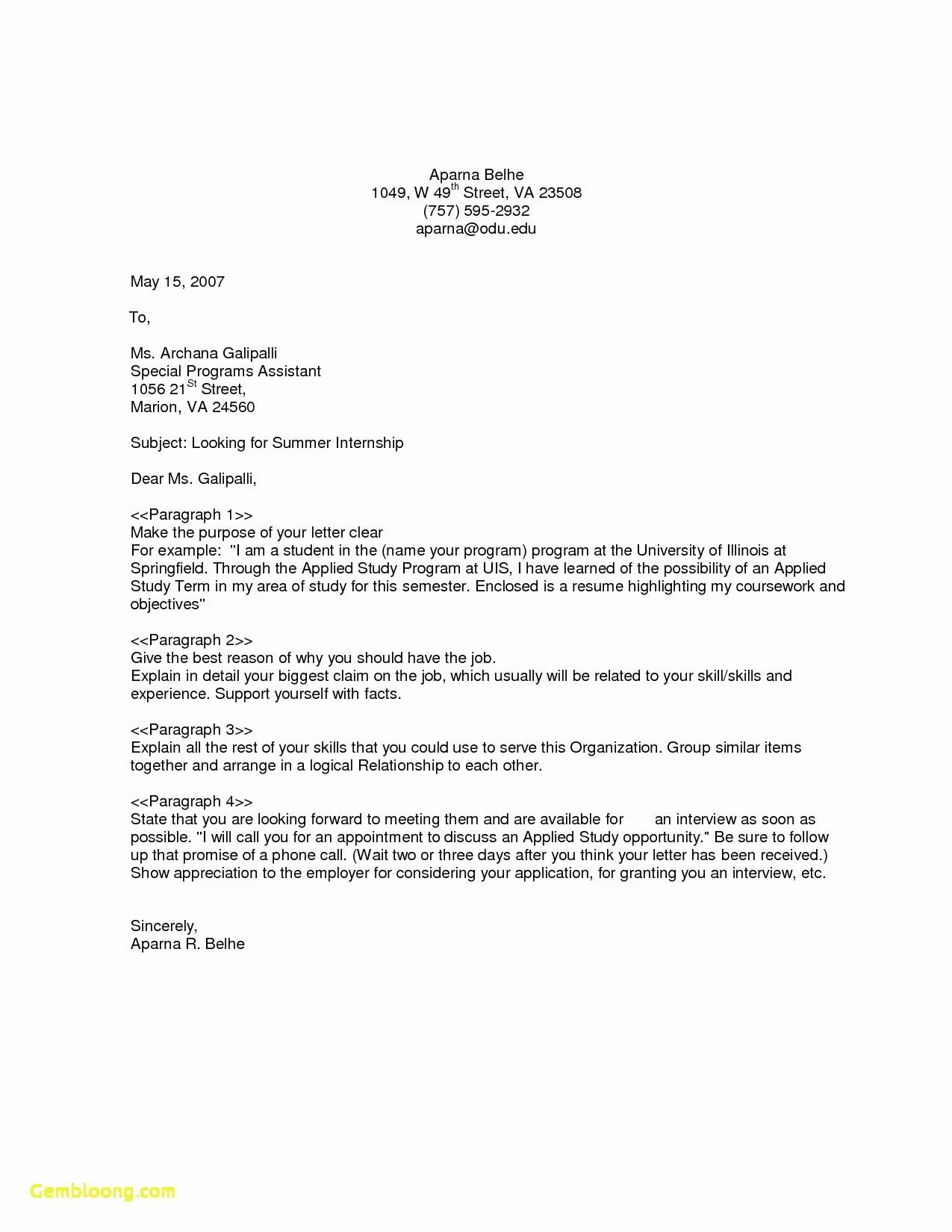
Include your full name, phone number, email address, and optionally, your LinkedIn profile URL. This information should be at the top of the letter, ensuring it’s easy for the hiring manager to contact you. Make sure the email address you use is professional and the contact information is up-to-date and accurate. This simple addition ensures that the hiring manager knows who you are and how to reach you.
Professional Greeting
Address the hiring manager by name if possible. If you don’t know the name, use a professional greeting like “Dear Hiring Manager.” Avoid generic greetings such as “To Whom It May Concern.” Research to find the name of the hiring manager, and use that to show the personal interest. This small detail demonstrates your attention to detail and respect for the recipient.
Body Paragraphs
This is where you showcase your skills, experiences, and qualifications. The body paragraphs should clearly demonstrate your suitability for the role, highlighting relevant achievements and how they align with the job requirements. Explain your interest in the company and position. Tailor the content to match the job description and demonstrate your enthusiasm for the opportunity. Keep it concise, using strong action verbs and focusing on tangible results. Make sure it’s easy to read and digest, so the hiring manager can find the information they’re looking for quickly.
Closing and Call to Action
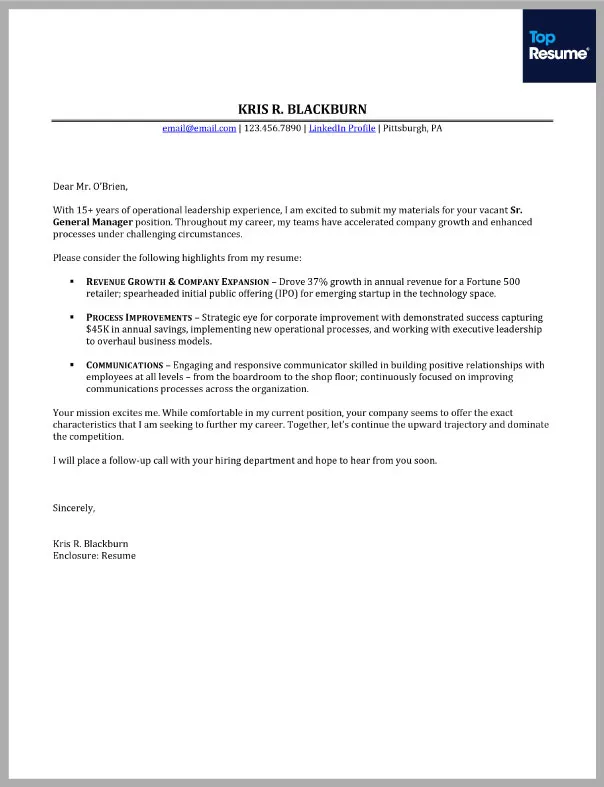
End with a professional closing, such as “Sincerely” or “Best regards.” Reiterate your interest in the position and include a call to action, such as “I look forward to the opportunity to discuss my qualifications further.” Thank the hiring manager for their time and consideration. This positive and proactive approach leaves a lasting impression, encouraging them to consider your application positively and move forward in the hiring process.
Common Mistakes to Avoid in Cover Letters
Avoid these common pitfalls to increase your chances of getting noticed. Common mistakes can easily undermine your efforts and prevent you from making a positive impression. A cover letter full of mistakes can make you look careless or inexperienced, so avoid them at all cost. Take time to address these and improve the quality of your cover letter.
- Typos and grammatical errors
- Using a generic cover letter
- Not tailoring the letter to the specific job
- Repeating information from your resume
- Being too long or too short
- Using jargon or clichés
- Focusing on what you want instead of what you can offer
By avoiding these common mistakes, you can create a compelling cover letter that effectively highlights your qualifications and increases your chances of landing an interview and getting hired. Focus on the employer and the job requirements when you’re writing your cover letter. Make sure the tone is right and that the content matches the job.
